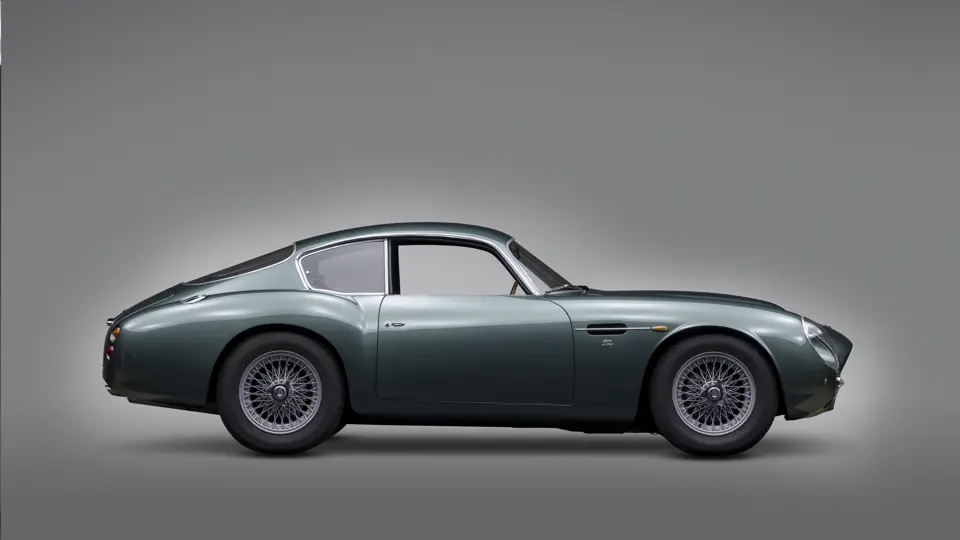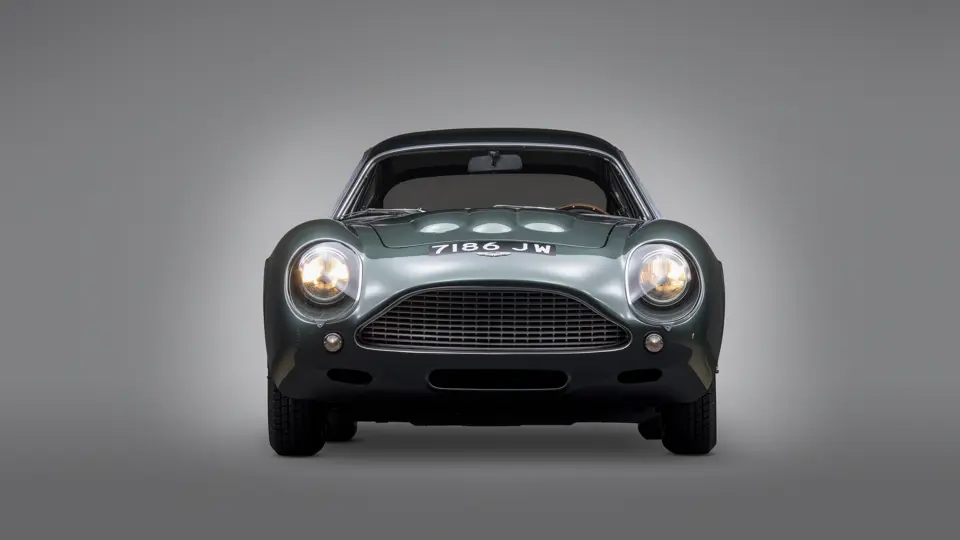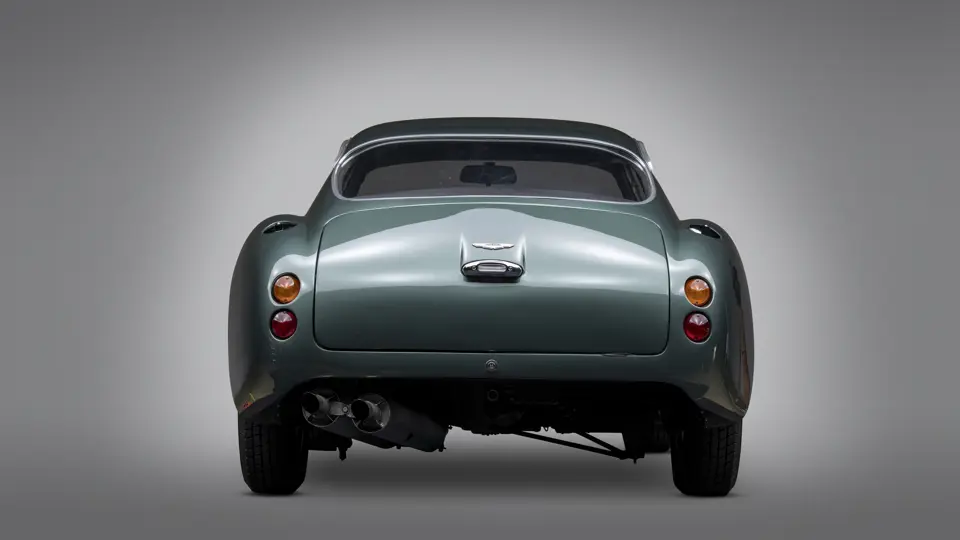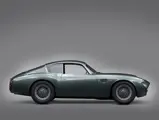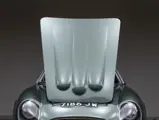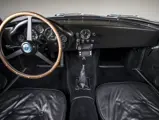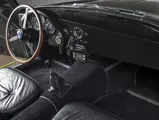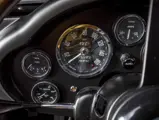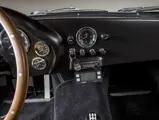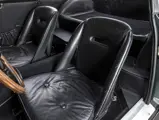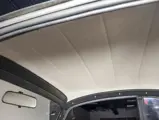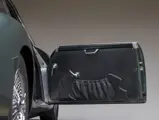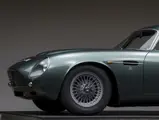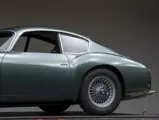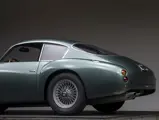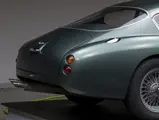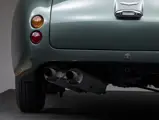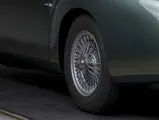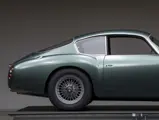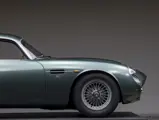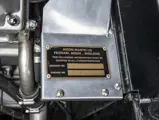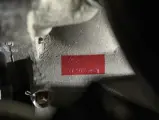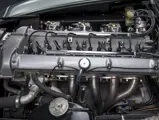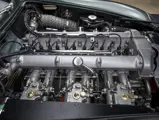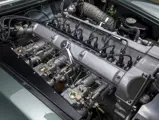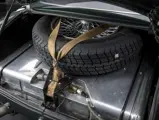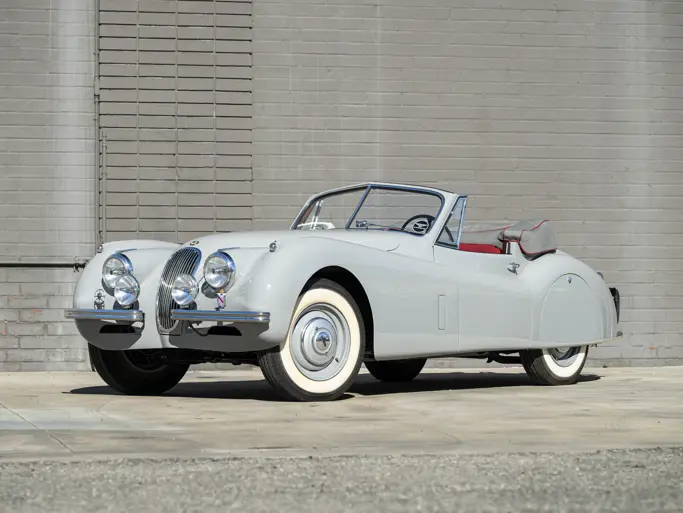
1961 Aston Martin DB4GT Sanction II Zagato
{{lr.item.text}}
$2,755,000 USD | Sold
The Paul Andrews Estate Collection
{{bidding.lot.reserveStatusFormatted}}
- One of four Sanction II DB4GT Zagatos
- Second sanction of the most desirable road-legal Aston Martin
- First owned by noted Aston Martin collector Simon Draper
- Converted to left-hand drive during current ownership
- Accompanied by Aston Martin Lagonda Certificate of Authenticity
“The quality and authenticity are outstanding and each of these four cars will bear the most detailed comparison with the first 19 built.”
-Victor Gauntlett, 1991
THE REMAINING FOUR
In what is perhaps a sign of the ever-changing whims of the car market, the now extremely collectable DB4GT Zagatos were a sales disappointment in the 1960s. Following the great success of the DB4GT debut at the 1959 London Motor Show, a special edition DB4GT with lightweight coachwork by Carrozzeria Zagato was shown at the 1960 show. The intention was to build 23 of these Zagato-bodied GT cars, beginning with chassis 0176 and ending at chassis 0200. But the Zagatos cost £5,470, nearly £1,000 more than the already expensive standard DB4GTs. Deemed too expensive, and with the much cheaper Jaguar E-Type newly available, only 19 of the original run of 23 DB4GT Zagatos were ever produced—and the last few were practically given away.
The DB4GT Zagato was not a car to be written about in the footnotes of history, however. Over the following decades, the incredibly powerful 3.7-liter engine proved its might; DB4GT Zagatos raced at major sporting events throughout the world. John Ogier’s Essex Racing Stable maintained the most famous Zagatos, 1 VEV and 2 VEV, both of which competed in the 1961 Le Mans; 2 VEV took first place at the 1961 British Grand Prix Support race. The racing success of the DB4GT Zagatos, combined with the extremely elegant and lightweight bodywork, created more demand for the vehicles. Prices continued to rise throughout the following decades.
By the mid-1980s, the fever pitch for DB4GT Zagatos was nearing an all-time high. In 1987, a DB4GT Zagato was selling for £1.7 million, or $6.74 million today. It was around this time when Peter Livanos and Victor Gauntlett, Joint Chairmen of Aston Martin Lagonda Limited, decided that they would “tidy up a bit of Aston Martin history.” Together with Zagato, they sanctioned the build of four DB4GT Zagatos utilizing the remaining four chassis numbers: DB4GT/0192, DB4GT/0196, DB4GT/0197 and DB4GT/0198.
DON’T CALL IT A COPY
Once all parties had agreed to begin the Sanction II project, it was clear there was only one man for the job: Richard Williams, of RS Williams. Utilizing three DB4 and one DB5 platforms, Williams produced four rolling chassis to DB4GT specification, with a modification to include extra strengthening to improve torsional rigidity. The first chassis was shipped to Zagato in January 1990, with the last shipping in April.
When it came time to craft the bodywork, Williams sent his own DB4GT, chassis DB4GT/0181/L, to the workshops in Italy. His vehicle was stripped and studied, and new patterns were formed from the vehicle, ensuring that the Sanction II bodies were as similar to the original as possible. The bodies were constructed in the workshops of ex-Zagato employee Mario Galbiatti, since Zagato did not have the space in-house.
After assembly, each Zagato was shipped back to RS Williams for final testing. The four cars were fitted with a slightly larger-capacity 4.2-liter engine with 50DC01/SP Weber carburetors— producing 352 brake horsepower, up from the original 314 brake horsepower. Other modifications included adjustable front and rear suspension, a thicker front anti-roll bar, and modern Goodyear Eagle NCT 15-inch tires on 6-inch rims. All four cars were painted Richard Williams Green. On 22 July 1991, chassis DB4GT/0196/R was presented to its first owner at a grand unveiling ceremony.
CHASSIS DB4GT/0196/R
First sold to well-known British Aston Martin collector Simon Draper, chassis DB4GT/0196/R was the feature car for the Sanction II vehicles. In 1992, the car was road tested in an October edition of Grand Touring International and raced at the Christies Festival at Silverstone. Later the Zagato was featured in a 1998 December edition of Classic & Sports Car. Mr. Draper owned DB4GT/0196/R for just over a decade, before selling to American Paul “Barney” Hallingby in 2002. In a 2009 Sports Car Market article, Mr. Hallingby recalled that the Sanction II had a mere 5,000 miles on the odometer at the time of purchase. The car was shown at the 2002 Lime Rock Concours and took home 2nd in class. Mr. Hallingby owned the vehicle for over a decade, before selling the car to the current owner around 2015.
In its current ownership, DB4GT/0196/R was converted to left-hand drive for more comfortable North American driving; at the same time, a Tremec five-speed transmission was installed. The 15-inch wire wheels were replaced with 16-inch paint wire wheels fitted with Michelin Pilot tires, chosen for their higher speed rating. After these adjustments, the Zagato participated in a Colorado Grand; it remains on the button and ready to rally.
DB4GT/0196/R remains today in its original color of Richard Williams Green over black leather. It is fitted with its matching-numbers engine, 420/0196/GT, and shows fewer than 9,600 miles at the time of cataloguing. Accompanying the car is correspondence between Aston Martin Lagonda Ltd and the first owner, including an Authenticity Certificate which confirms 0196/R’s status as one of the four Sanction II cars. Should the new owner wish to return the Zagato to its original right-hand drive specification, the original dash accompanies the vehicle.
The Aston Martin DB4GT Zagato Sanction II cars should be seen not as copies but as one of those rare second chances to own a vehicle that should have been bought decades ago. For the first time offered for public sale, DB4GT/0196/R should not be overlooked.
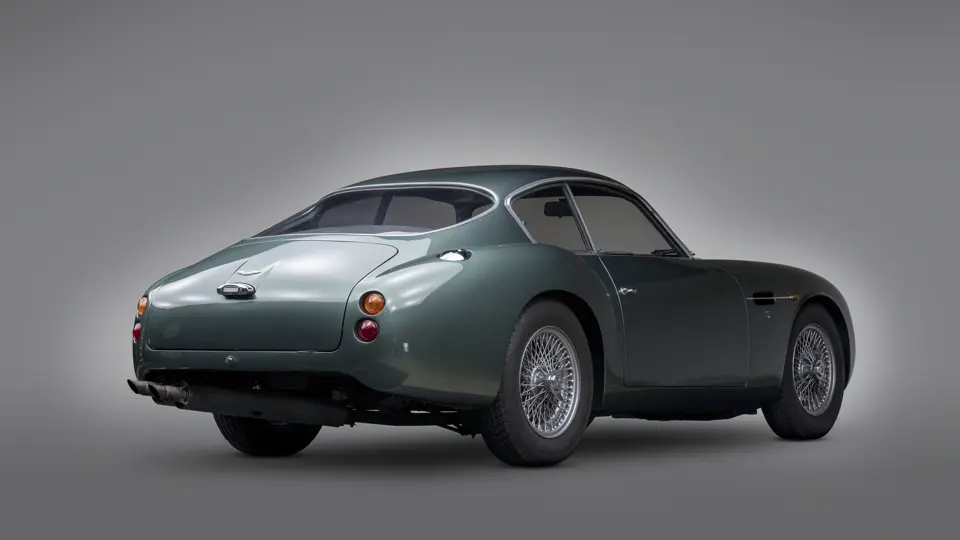
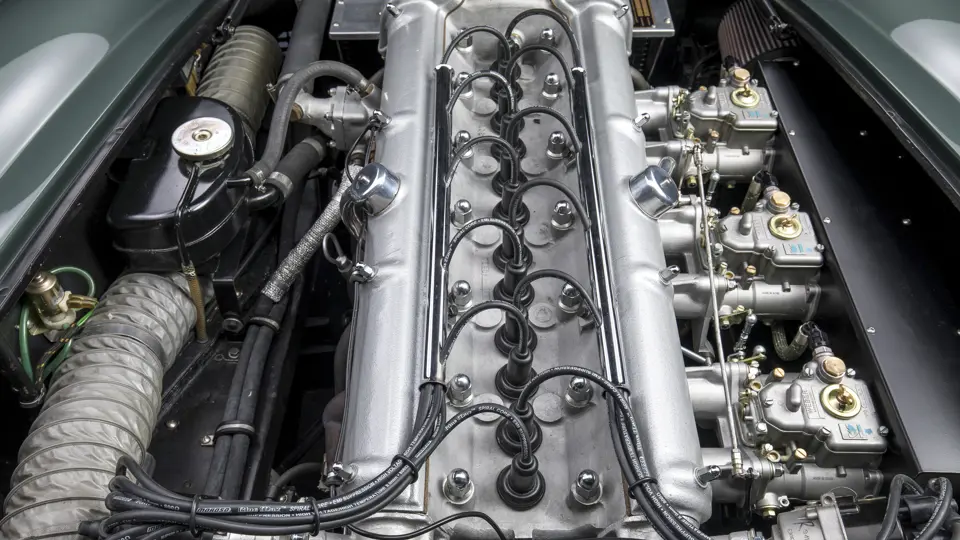
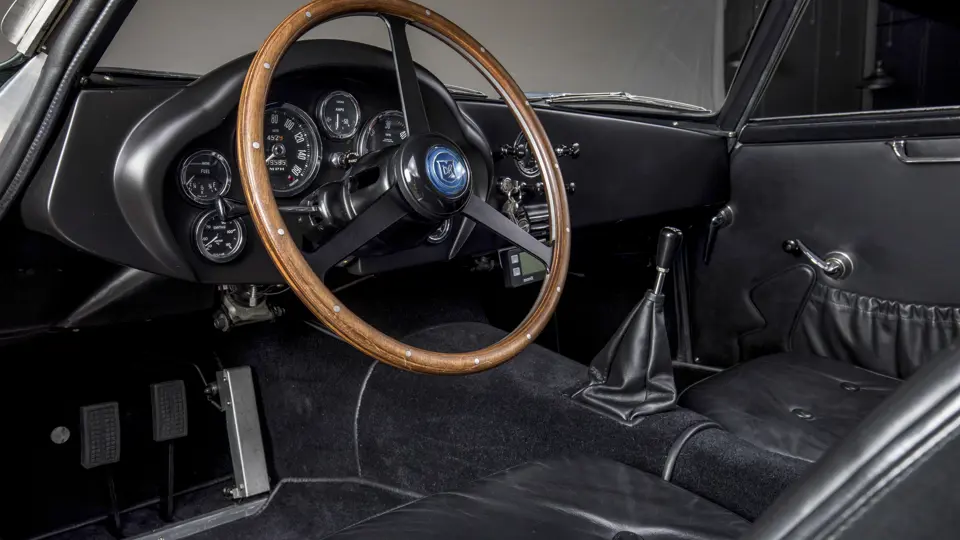

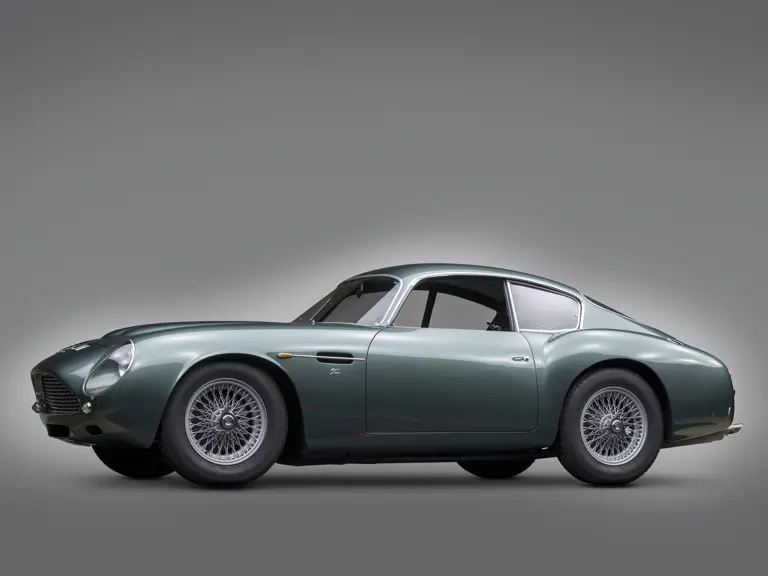
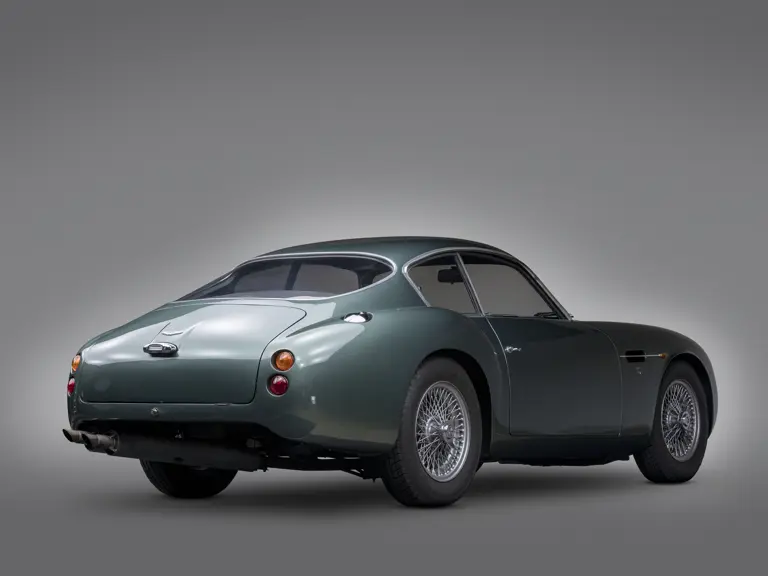
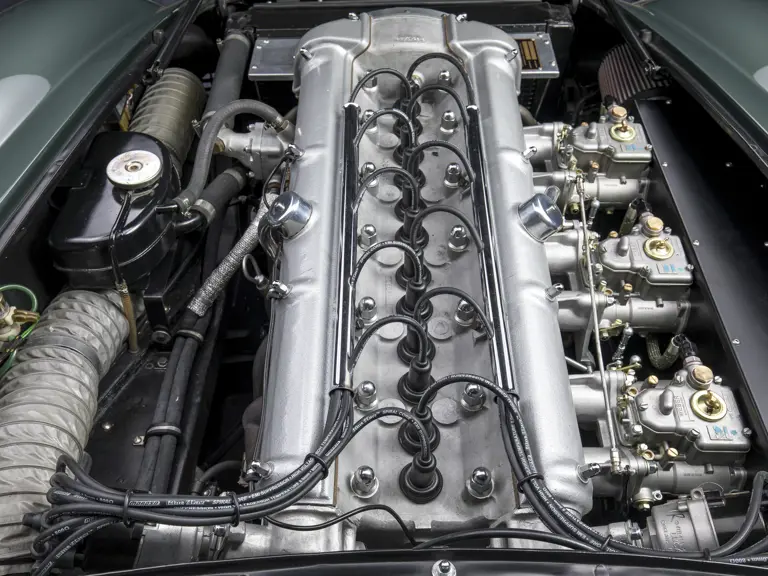
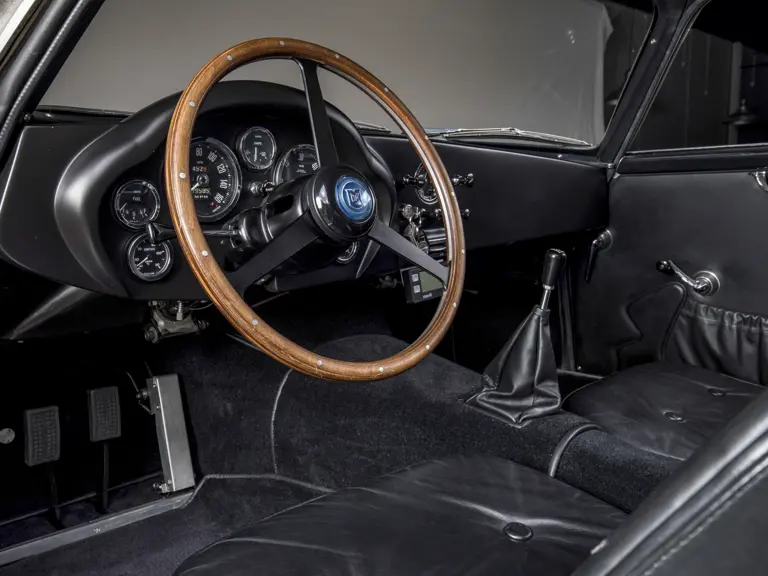
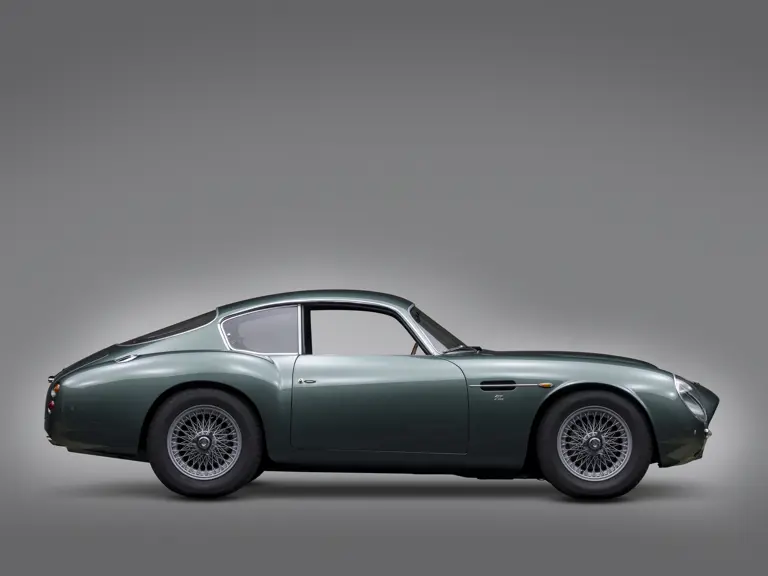
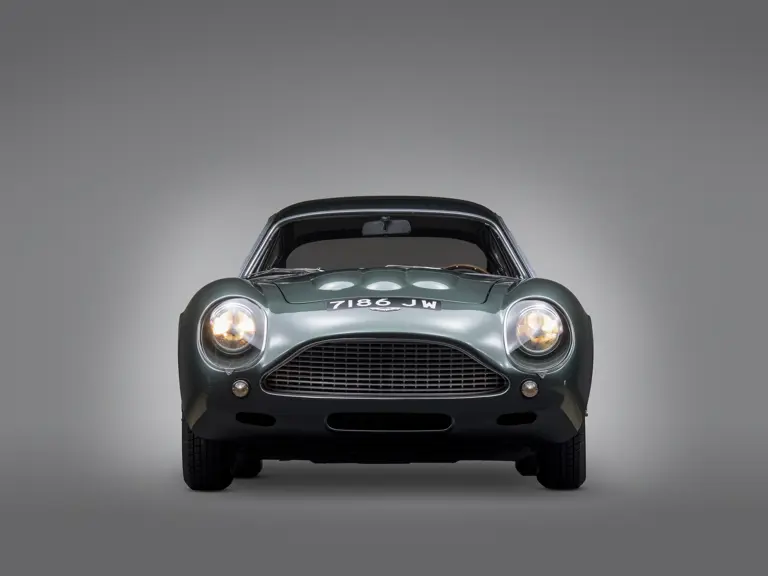

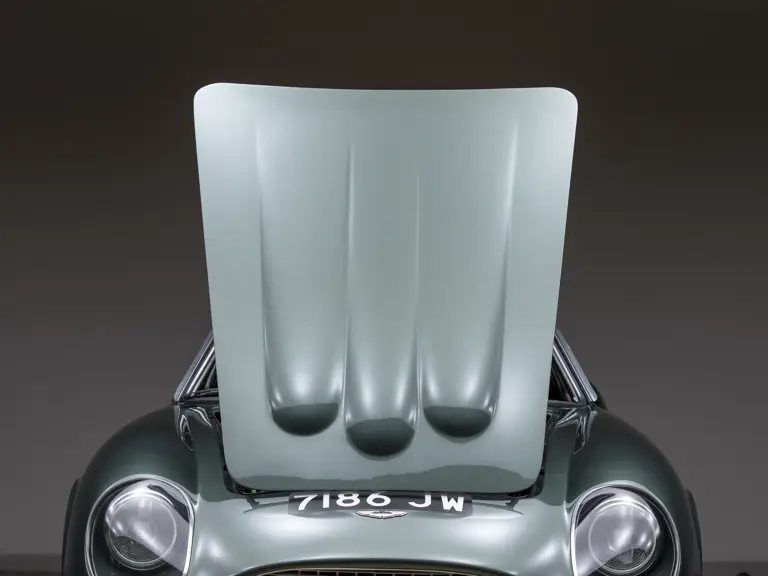

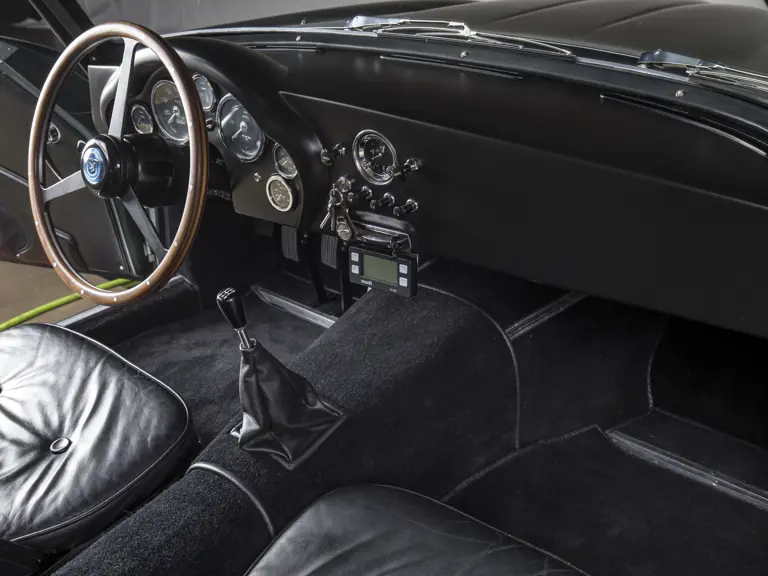

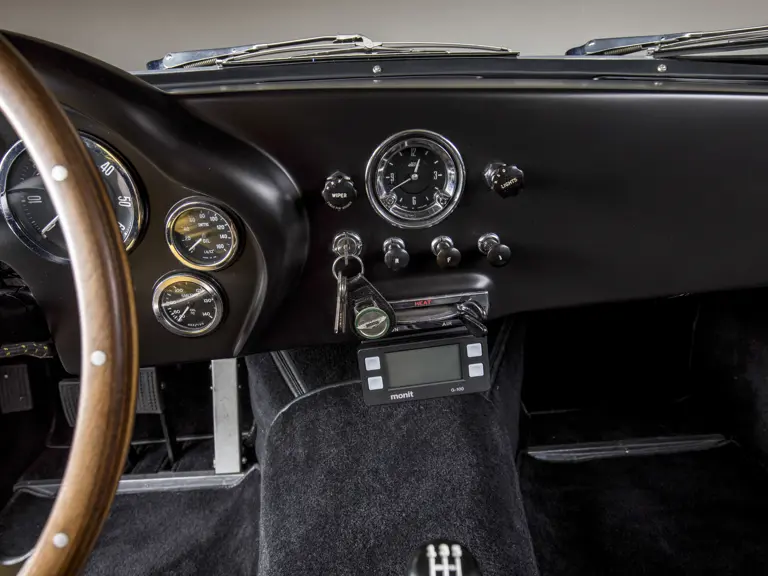
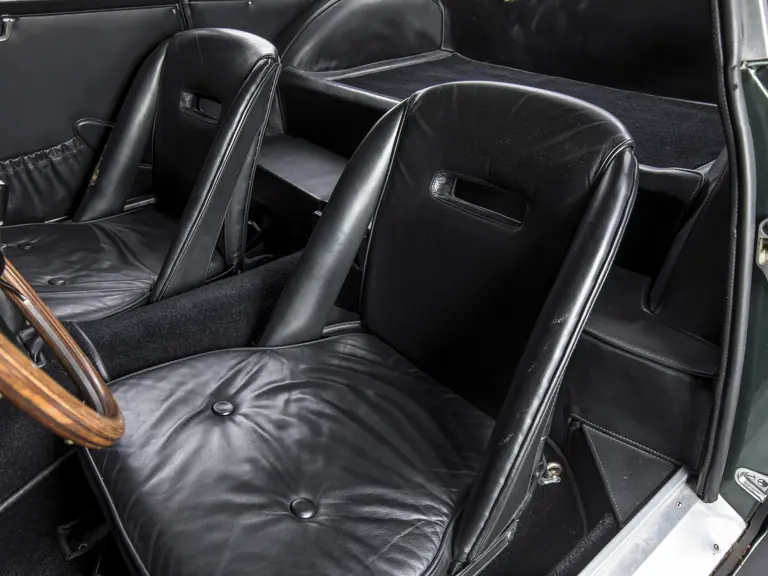
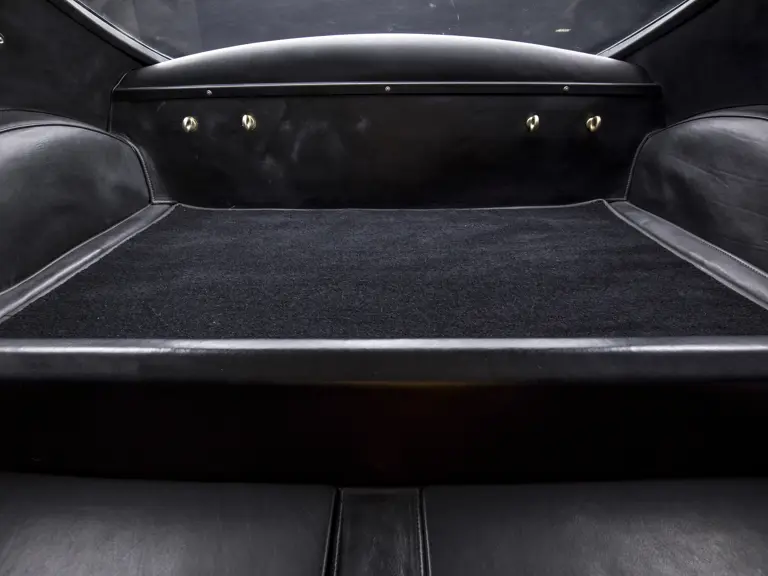
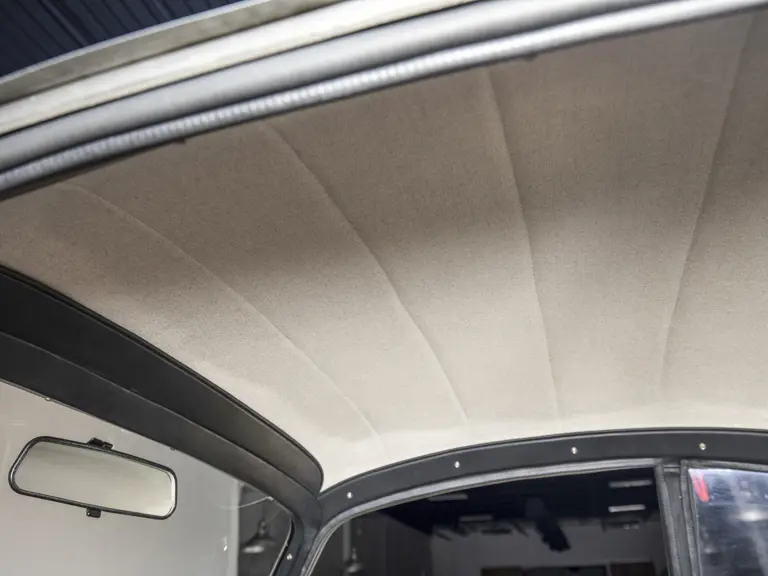
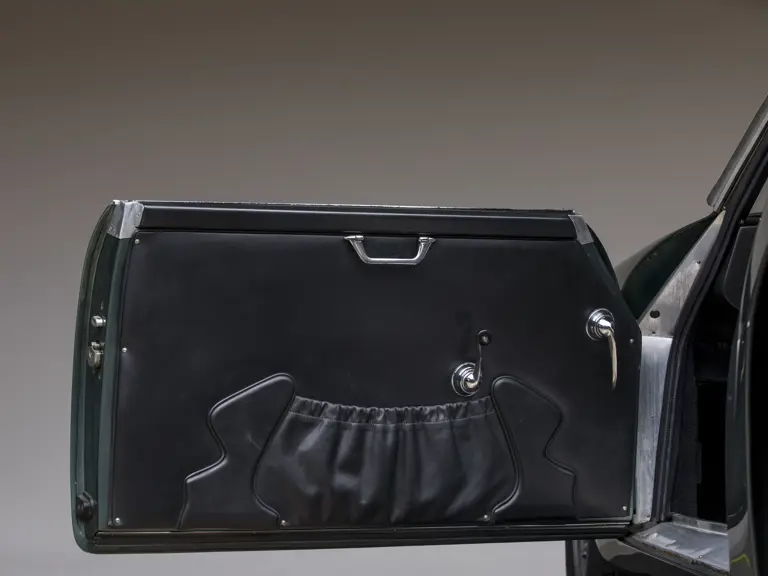

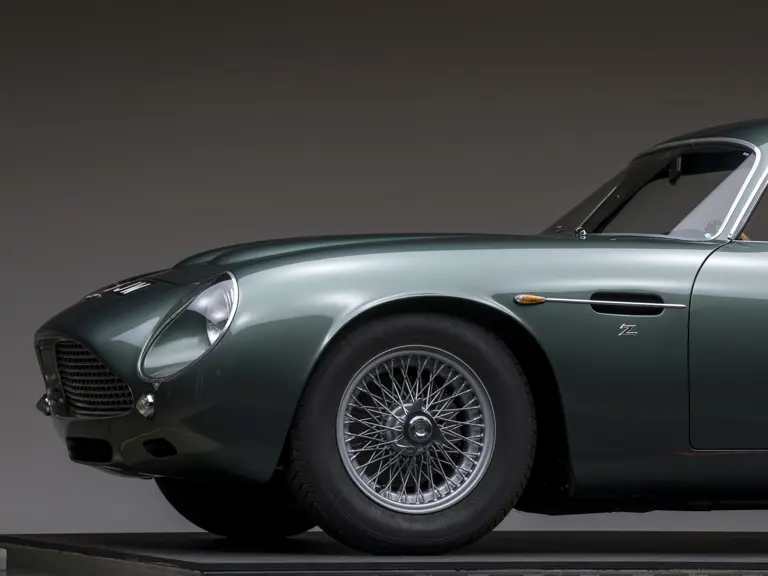
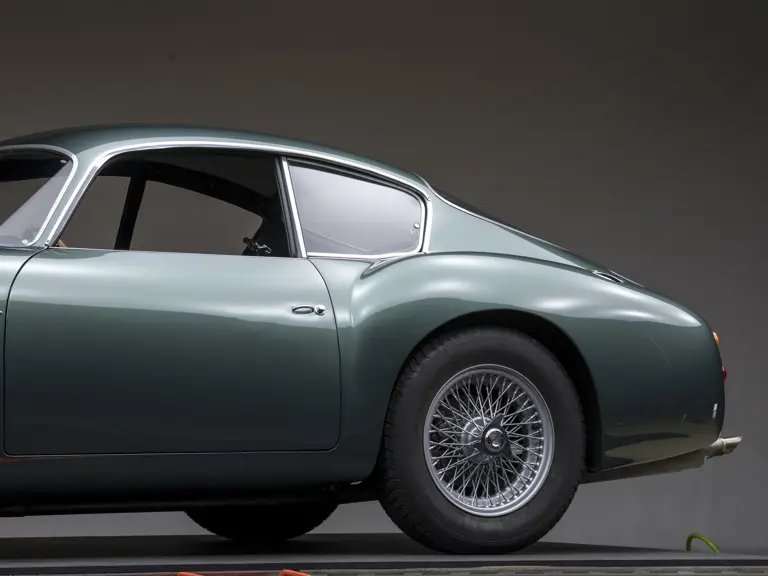
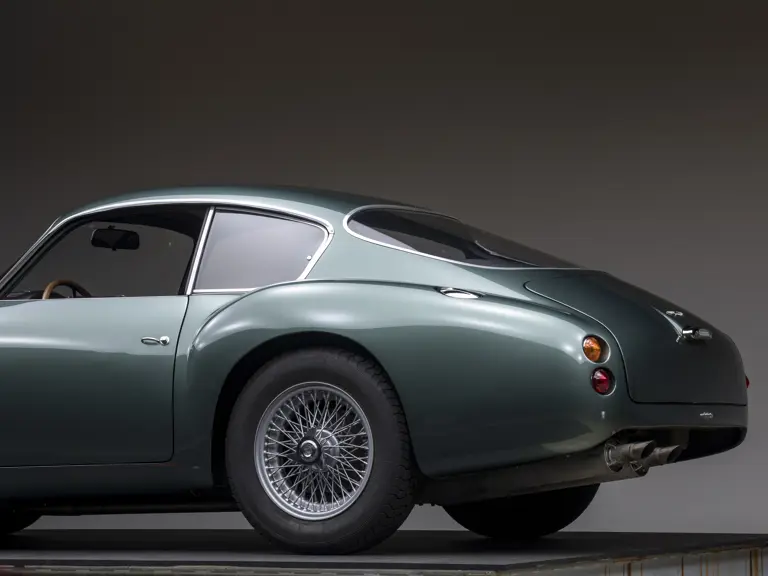


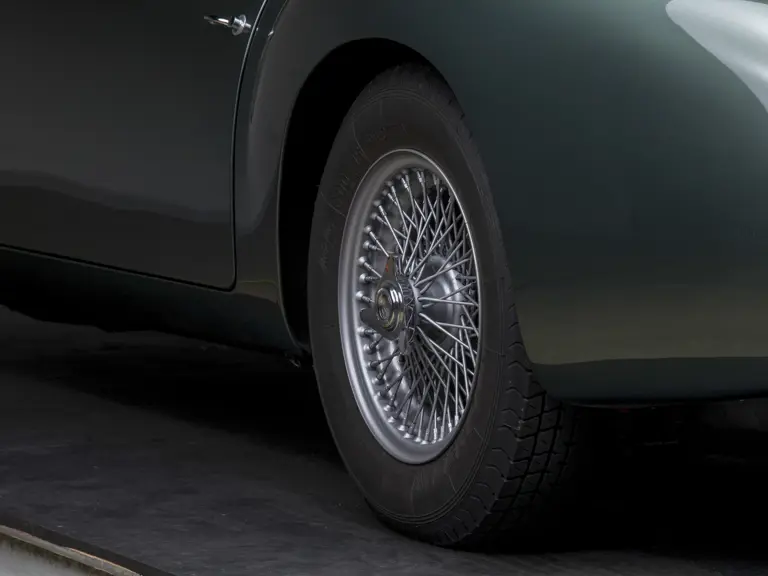
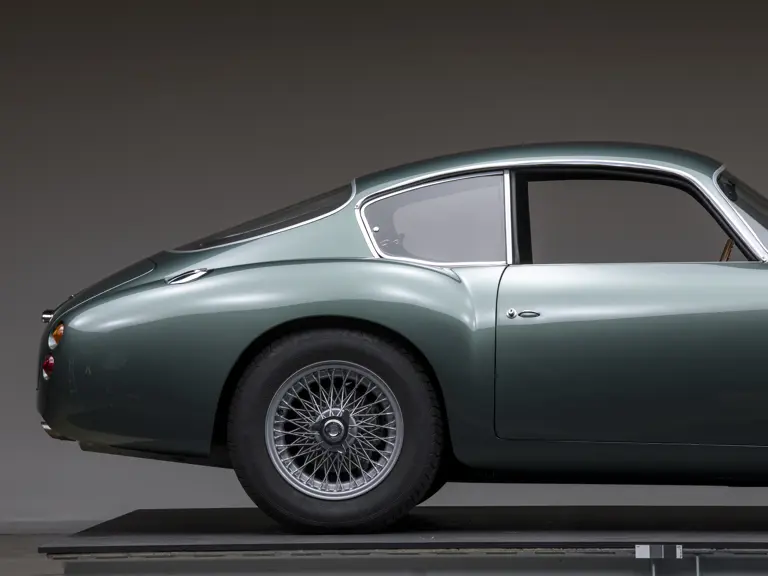
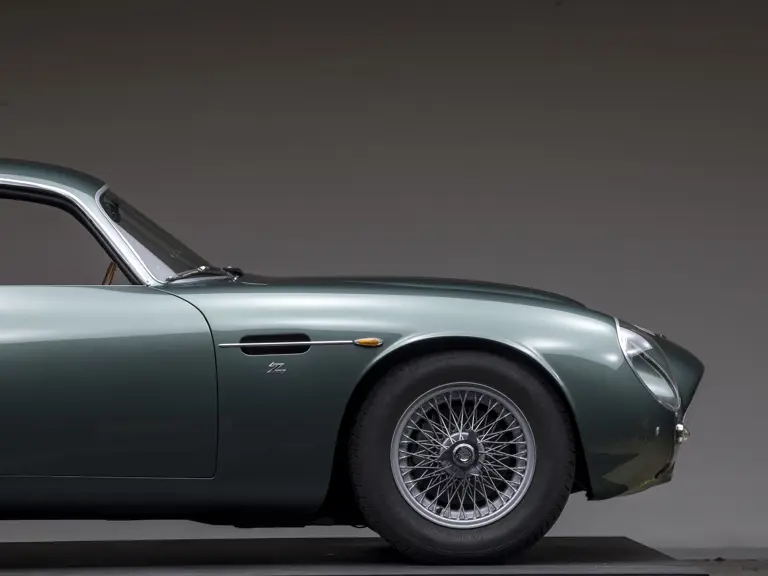
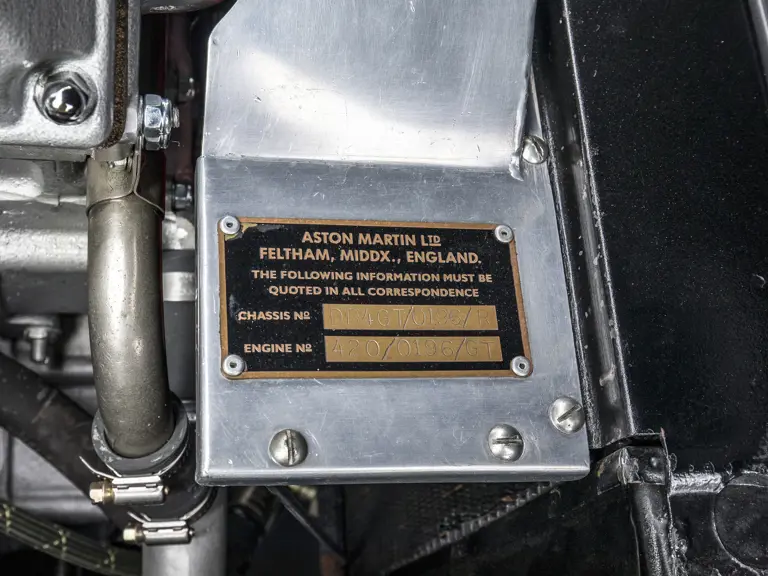
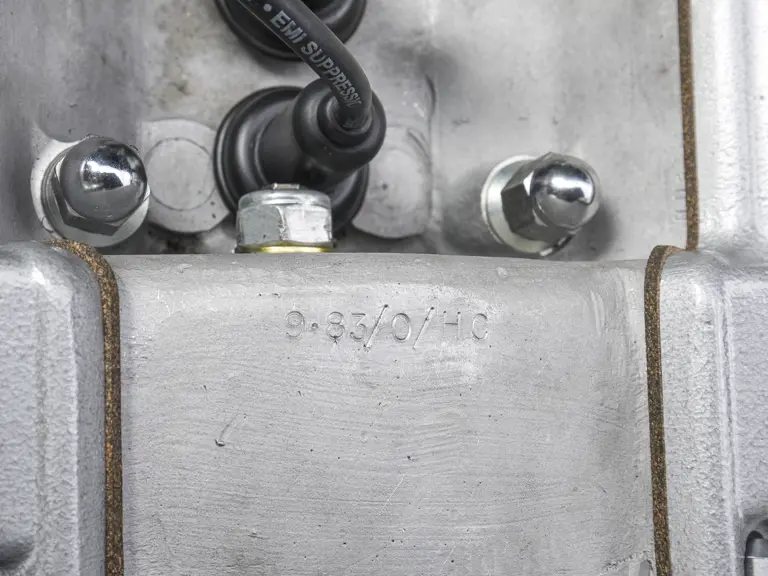
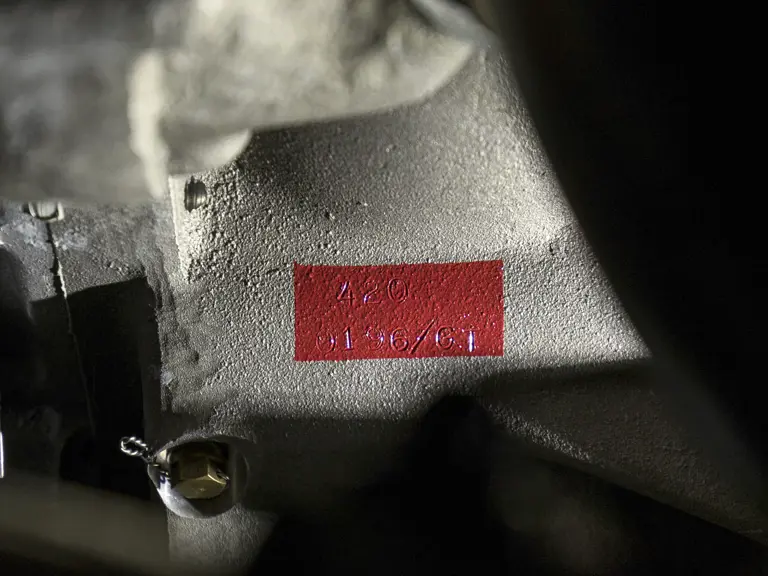
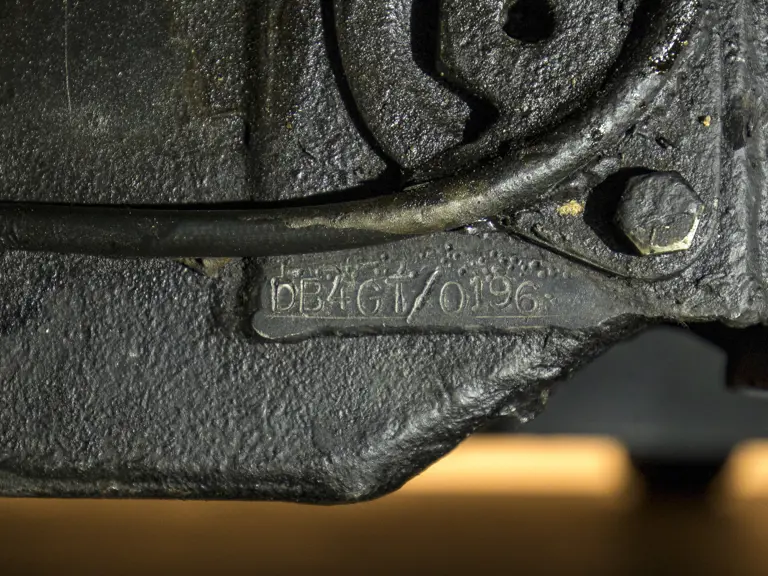
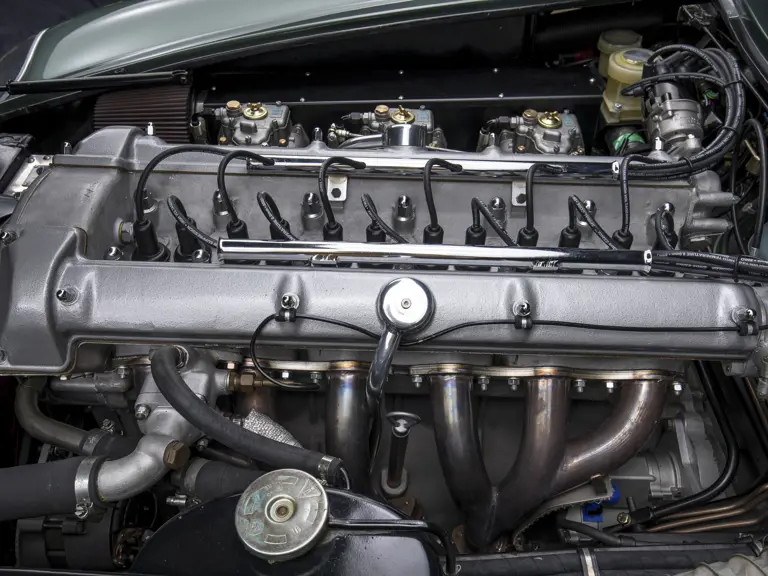

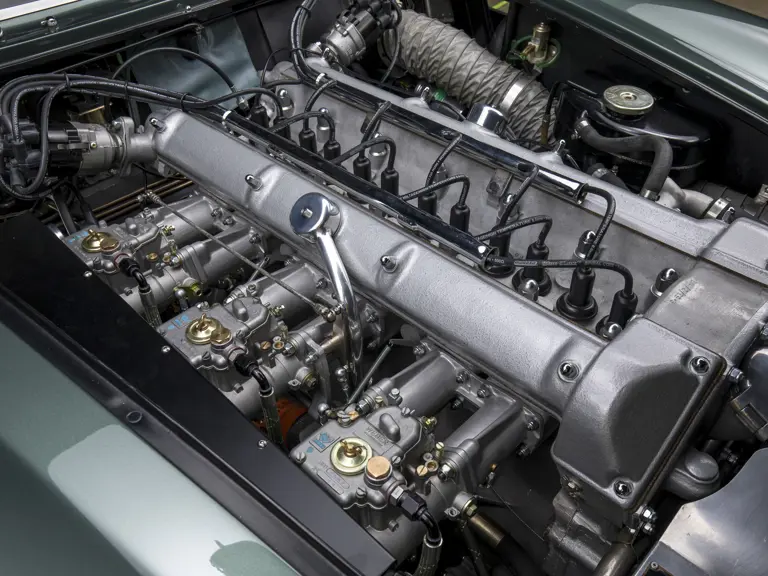
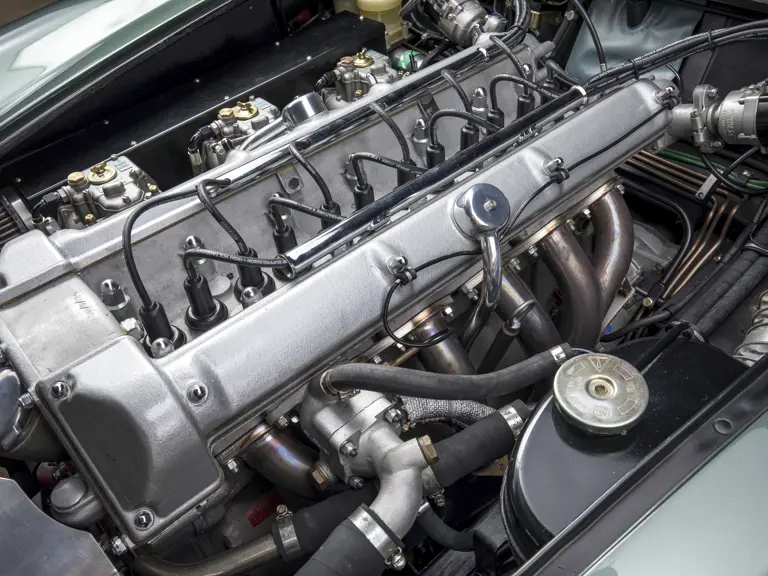
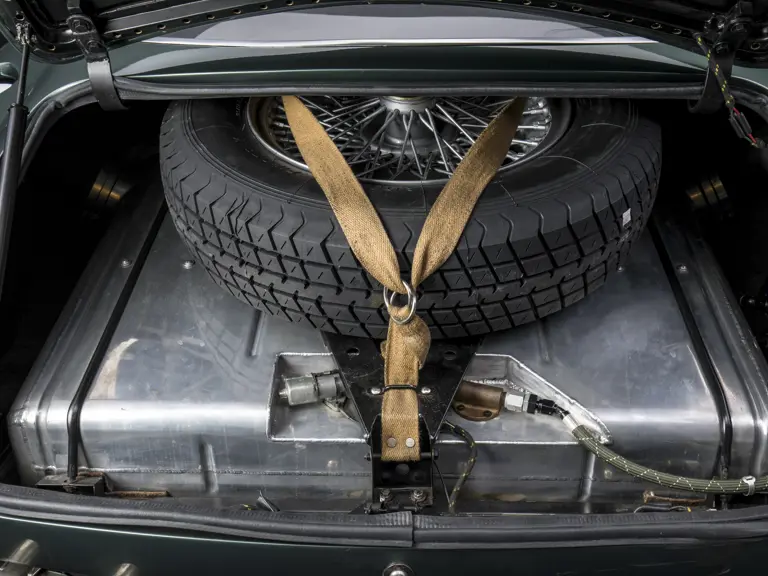
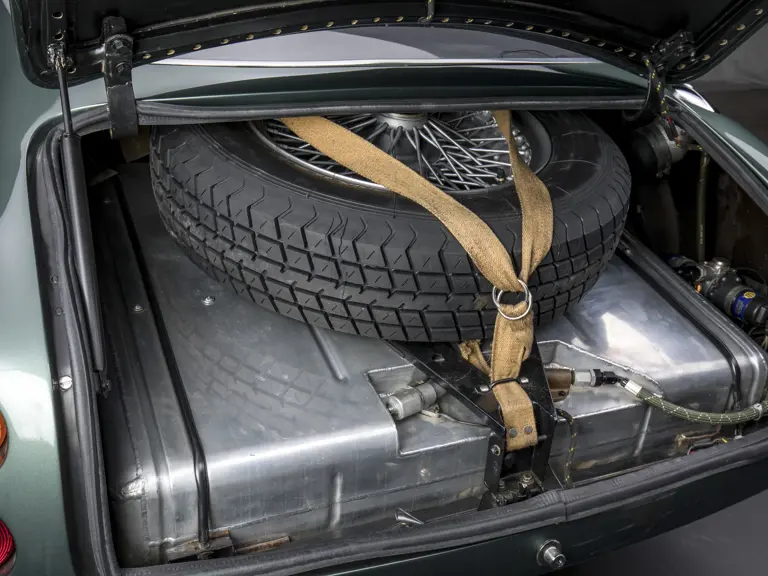
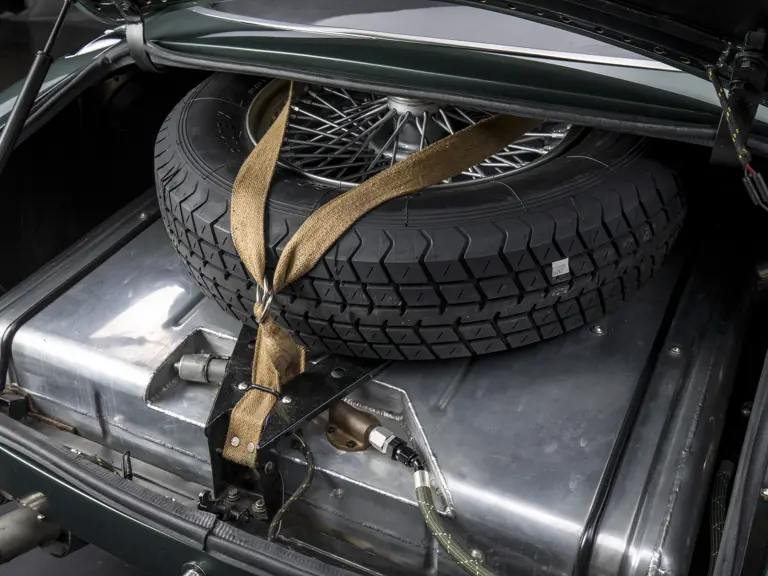
 | Monterey, California
| Monterey, California
